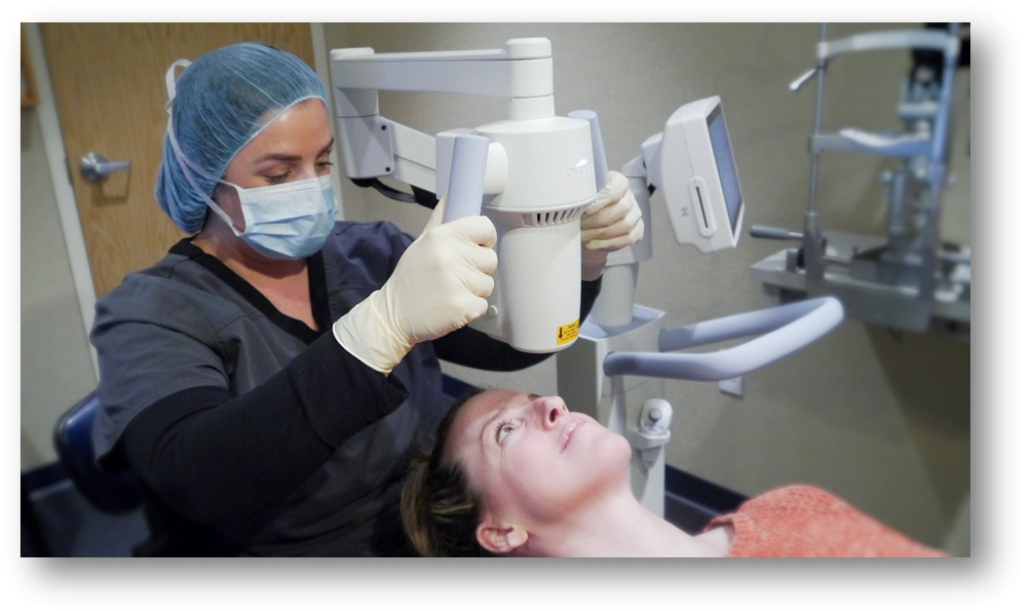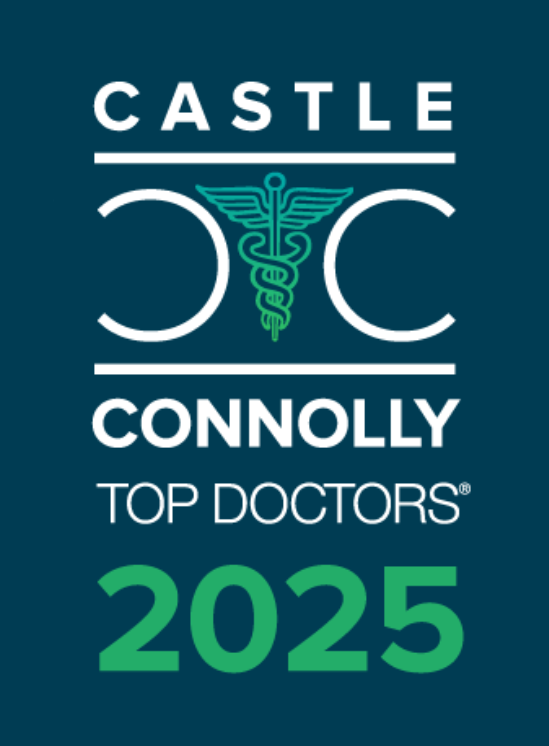What is Crosslinking (CXL)?
Crosslinking is a minimally invasive outpatient procedure that combines the use of riboflavin eye drops and UVA light to add stiffness to corneas which have been weakened by keratoconus or refractive surgery. Crosslinking has been performed in Europe since 2003 and FDA-approved in the United States since 2014. It is considered the standard of care around the world to stop the progression of keratoconus and corneal ectasia following refractive surgery.

Riboflavin
Riboflavin (vitamin B2) is important for body growth, red blood cell production, and assists in releasing energy from carbohydrates. Its food sources include dairy products, eggs, green leafy vegetables, lean meats, legumes, and nuts. Breads and cereals are often fortified with riboflavin. In other words, it is a safe nutritional compound found in many food sources.
Under the conditions used for corneal collagen crosslinking, riboflavin (vitamin B2), functions as a photoenhancer. This means that riboflavin works with ultraviolet light (see below) to enable the crosslinking reaction to occur.
Ultraviolet A (UVA)
UVA is one of the three types of invisible light rays given off by the sun (together with ultraviolet B and ultraviolet C). UVA is safe and similar to the light emitted from “black-light” bulbs. This is in contrast to ultraviolet B (UVB), which is harmful and causes sunburns. Crosslinking does not use UVB.
The cornea is exposed to a UVA light source after it has been soaked in the photo enhancing riboflavin solution. This crosslinking process stiffens the cornea by increasing the number of molecular bonds, or cross-links, in the collagen.
Corneal Collagen Before Crosslinking (Weaker) … and After Crosslinking (Stronger)
Is Crosslinking Right for Me?
Crosslinking is FDA-approved in patients over the age of 14 who have been diagnosed with progressive keratoconus or corneal ectasia following refractive surgery. Patients younger than 14 or older than 65 should ask us about corneal crosslinking. Because both blurry vision and progression of the disease are considered when treating keratoconus, it might be necessary to combine different treatments to help someone rehabilitate their vision. Every case is different and requires a personalized and customized approach.


